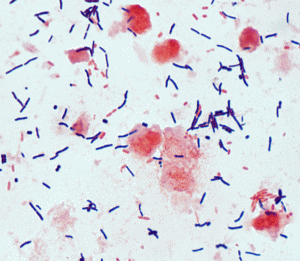Childhood obesity is a growing health concern in the United States. A new study has just come out showing that in black children, greater exposure to phthalates was linked to being overweight. From Scientific American:
Black children have much higher levels of the chemicals in their bodies than children of other races, and for every tripling of certain compounds, they were 22 percent more likely to be obese, according to data from 2,884 children aged 6 to 19. No links to obesity were found in white or Hispanic children.
“The takeaway is we need to consider environmental exposures when looking at the obesity problem,” said Leonardo Trasande, a professor at New York University School of Medicine and lead author of the study. “Environmental chemicals may contribute independently of diet and exercise.”
But of course correlation is not causation. And even if it were, no one can determine which problem might cause the other from this study:
It’s a big study and nationally representative, which is good,” said Joe Braun, an epidemiology professor at Brown University who was not involved with the research. “But since they measure phthalates levels in urine and obesity at the same time, it’s a chicken and egg problem. Do phthalates cause obesity or are obese children more exposed?” It’s unclear, he said, when they were exposed relative to when they became obese.
Much more here.


